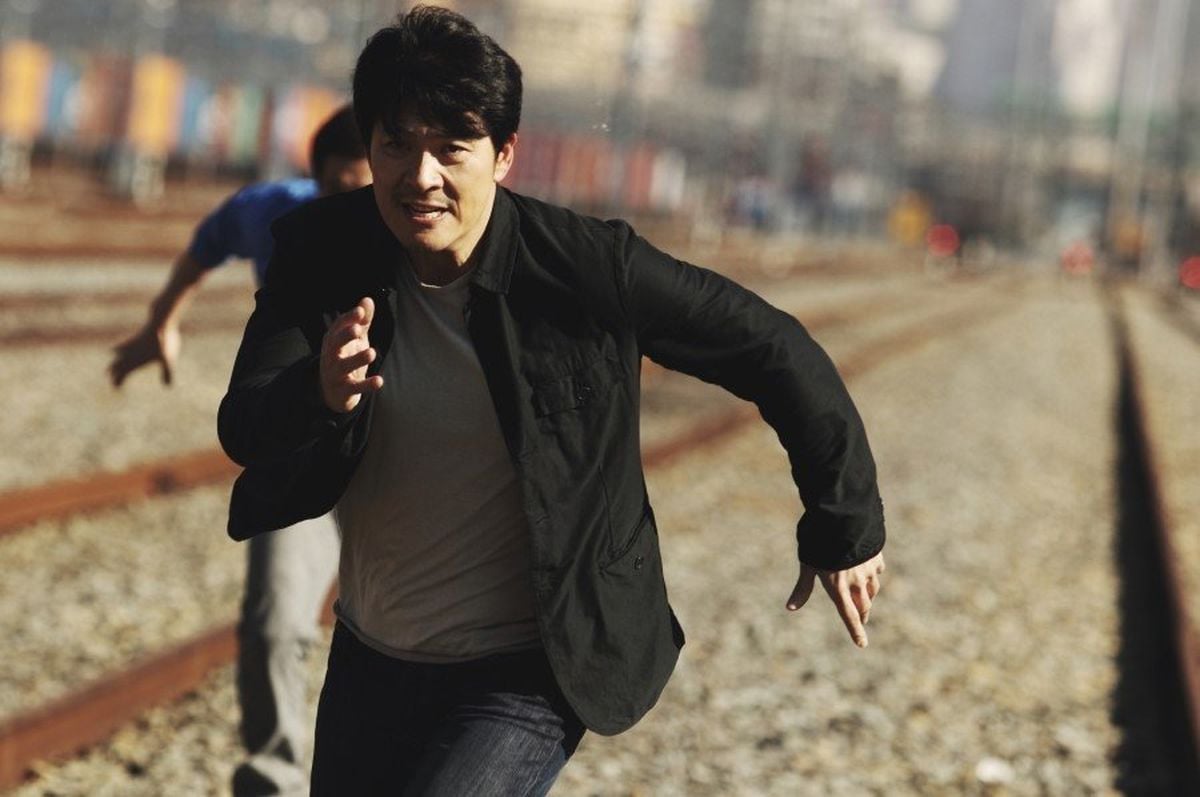

The method of parachronic reading extrapolates Eisenstein's thinking, embedded in his contemporary scientifically-oriented era, to the discoveries of the 21st century neurosciences. Eisenstein, the Russian filmmaker and researcher of the pre-digital age, whose visions on organic-dynamic thinking carry implications for new kinds ofinteractive cinema even today.
#Montage definition film series
In this writing Manovich states, “When I was finishing the book in 1999, I could not find any examples of spatial montage in contemporary cinema… In the next couple of years, the spatial montages gradually become more present in film and television, from Mike Figgis’s Timecode (2000) to a TV series “24 hours” and many music videos and commercials."Enactive Cinema: Simulatorium Eisensteinense explores the psychophysiological grounds from which the experience of cinema emerges.
#Montage definition film windows
He defines spatial dimensions as: “spatial order of layers in a composite, …virtual space constructed through compositing, …2-D movement of layers in relation to the image frame, …relationship between the image and linked information in the adjustment window.” So, spatial montage involves various images of various size and proportion appearing at the same time on one screen so long as the filmmaker constructs the logic to determine what images are to appear together and when.Īfter The Language of New Media was published, Manovich published in 2002 his writing titled The Archeology of Windows and Spatial Montage. Manovich tells us that when digital filmmakers establish a logic that controls the changes and correlation of values through new spatial dimensions the spatial montage is created. Cinema followed the logic that the process of production is best broken up into a “set of repetitive, sequential, and simple activities.” Computer programming follows suit by breaking “tasks into a series of elemental operations to be executed one at a time.” Cinema substituted its “modes of narration with a sequential narrative, an assembly line of shots, which appear on the screen one at a time.” As it turns out, sequential narrative is incompatible with a spatial narrative. Manovich tells us that spatial montage rather than temporal montage, gives viewers an alternative to traditional cinema by replacing its traditional sequential mode with a spatial one. Vertov theorized that film could present viewers with objects that do not exist in reality by use of temporal montage.
#Montage definition film movie
Manovich says, “examples include the superimposition of a few images and multiple screens used by the avant-garde filmmakers in the 1920’s (for instance, superimposed images in Vertov’s Man with a Movie Camera and a three-part screen in Gance Abel’s 1927 Napoléon).”

In opposition, montage within a shot relates to the contingent parts of a single image are formed by separate realities. In temporal montage consecutive moments in time are formed by separate realities. Under the heading Archeology of Compositing: Cinema, Manovich distinguishes two basic techniques used by digital compositing relating to montage: temporal montage and montage within a shot. Montage is editing and creates fake realities in today’s technology. In Chapter three The Operations of Lev Manovich’s book “ The Language of New Media” montage is explained.


 0 kommentar(er)
0 kommentar(er)
